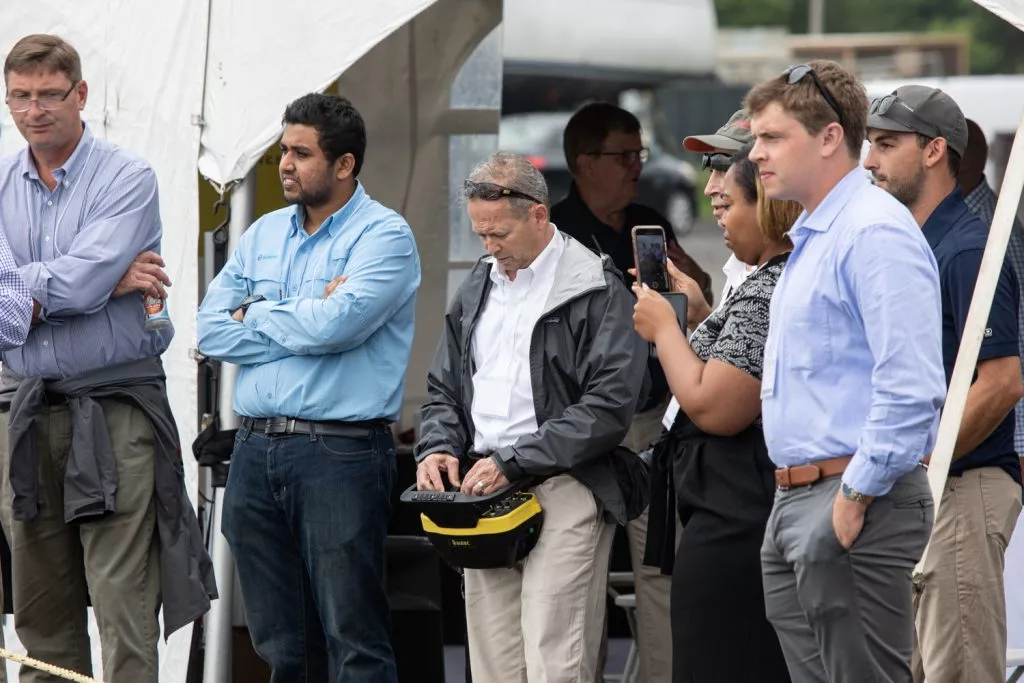Oil spills can spell big trouble for the environment, and an efficient and swift response is critical in trying to contain the problem. In the not-too-distant future folks dealing with such incidents may have a robotic helper to call on, with Boston’s Sea Machines Robotics successfully demonstrating what it says is the world’s first autonomous spill response vessel, which has the ability to tend to oil spills without the need for a human onboard.
Autonomous boating company Sea Machines Robotics is developing its autonomous spill response vessel in collaboration with the US Department of Transportation Maritime Administration (MARAD).
The self-navigating boat took to the water in Portland, Maine, yesterday, while its operators remained on dry land. From their shoreside location, the operators were able to remotely control certain functions, including autonomous waypoint and grid line tracking, along with remote control of its spill response gear, including its onboard boom and skimmer belt.

“Our operation of the world’s first autonomous, remote-commanded spill-response vessel is yet another significant industry first for Sea Machines,” said Michael G. Johnson, founder and CEO, Sea Machines. “But even more important is the fact that we’ve proven that our technology can be applied to the marine spill response industry – as well as other marine sectors – to protect the health and lives of mariners responding to spills.”
As Johnson touches on there, one of the big potential advantages of using autonomous vessels in these scenarios is safety, as they negate the need to send human crews out in rough seas and weather.
“This is the future of the maritime industry. It’s safer, it’s faster, it’s more cost-effective,” said Richard Balzano, deputy administrator of MARAD. “This technology is here and it will make you a believer. We are here because we want to help the maritime industry evolve. It’s about safety, the environment and reducing risk on the water.”
Source: Sea Machines





